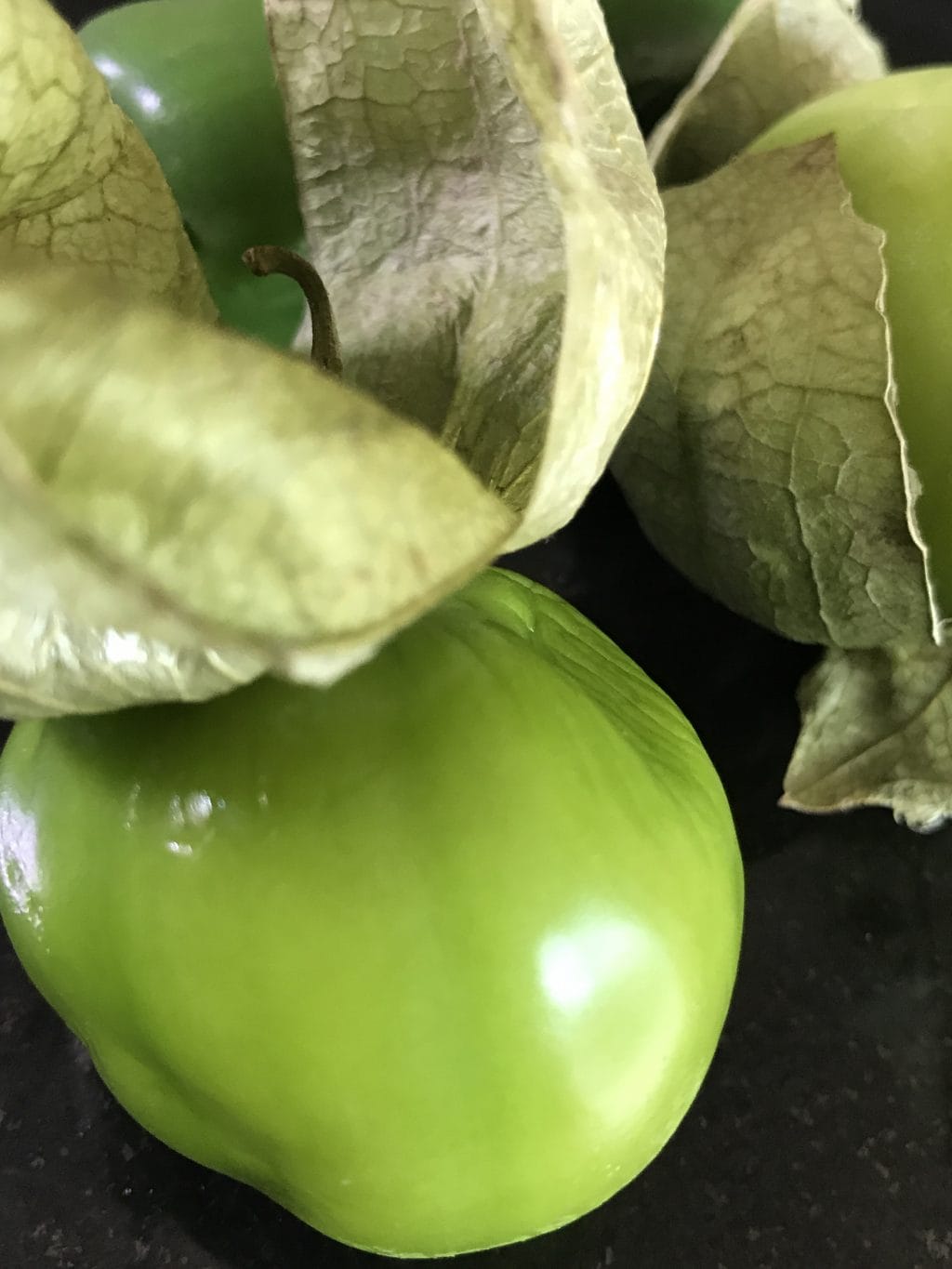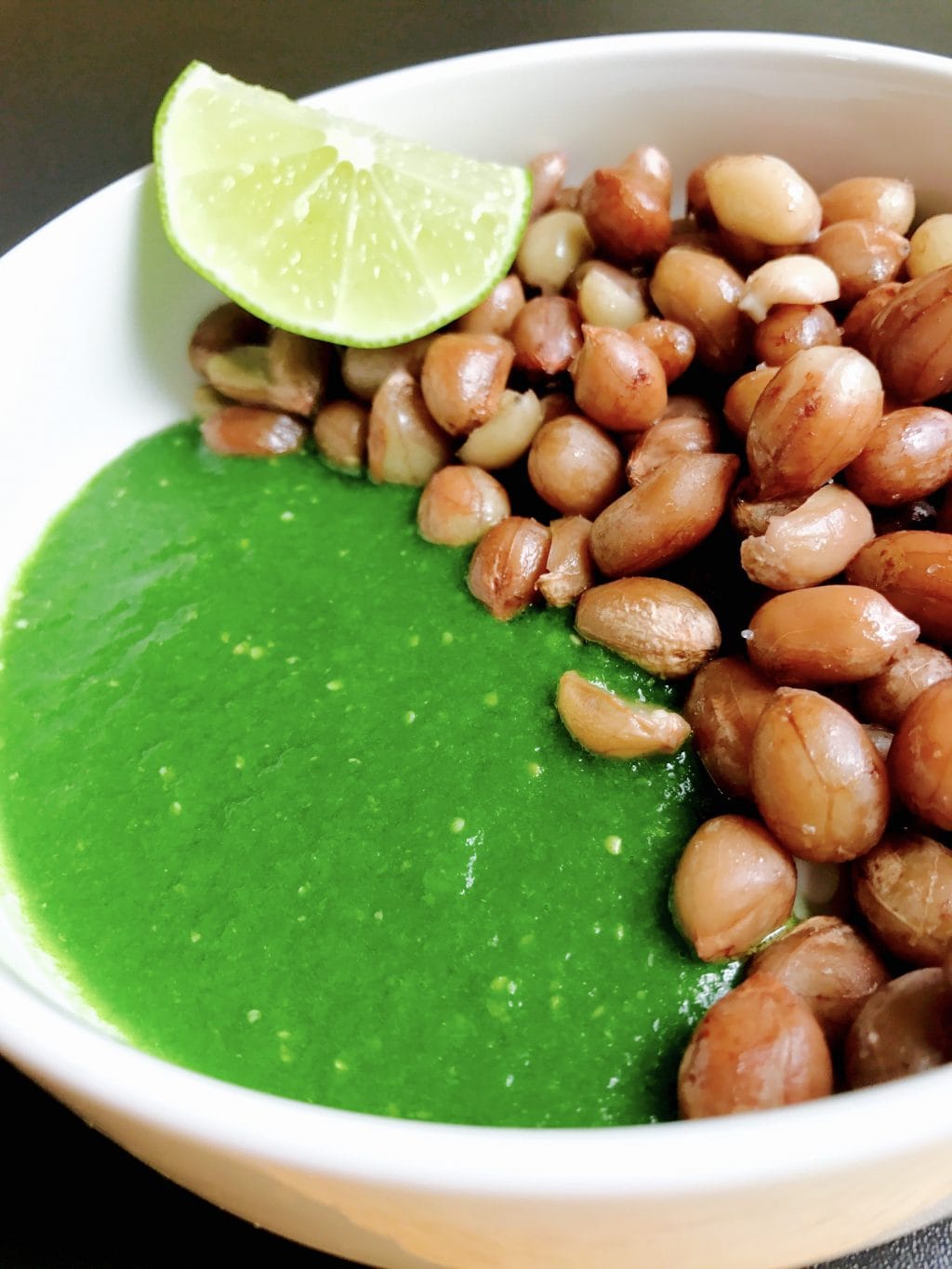Chakna is a snack to be enjoyed with drinks. Usually these are nuts or salty snacks that go great with a chilled one.
Just like in southern parts of united states, boiled peanuts are rather enjoyed in many parts of india. Although in both places these are boiled with the skin and enjoyed later by peeling and popping the peanuts in your mouth, indians also enjoy shelled peanuts similarly.
They enjoy these shelled and roasted as well. A variation is when they are brined in salted water and then roasted on hot sand. We add one more step of steaming the brined peanuts for our chakna here and it results in a very different texture, comparable to the boiled peanuts.
The recipe is quite simple. Soak 0.5 cups raw peanuts with skin overnight with 2 cups water and 2 tsp salt. Drain them in the morning and steam them till soft. We use a pressure cooker for 1 whistle and let them cool. When steamed spread them on a pan with baking paper and cook them for 30 mins in a oven at 200 F. Dont roast them or dehydrate them further, they should be a still a little moist with the skin wrinkled.
Meanwhile, grind two tomatillos with half a deseeded chilli, half cup chopped cilantro, one garlic pod, half tsp salt and a pinch of sugar. Make a smooth salsa using above ingredients. Finish it with a small squeeze of lime if needed.
Tomatillos are called tomato verde but are not actually green tomatos. They are a fruit with nice acidity and make for refreshing salsas. Usually a paste if fresh ground chilies is served alongside the peanuts but it can carry a lot of heat and this salsa can be a less hot but refreshing green alternative.
Serve the peanut chakna warm with some of the refreshing green salsa and a wedge of lime and some salt for seasoning if required.




Hi Vikram .
There’s a very interesting way to store these . The tips of the pre-shelled groundnuts ( shenga in Marathi )are cracked slightly and they are boiled with crystal salt to proportion . The cracking of the tip allows the salt to penetrate the nuts inside . They are boiled that the nuts inside achieve a soft yet firm cooked consistency inside . These boiled pre-shelled groundnuts are then spread out in the sun to dry , and they are dried completely . May take some days .
They taste great with the pre-boiled salt infised flavour and the sun drying .
There are two ways of storing them –
* With the shells on – lasts upto 3-4 months . Get rancid after that .
* By cracking the shells and storing them as just the nuts – storing in airtight contained in sealed pouches . Last a bit longer than the shelled one’s mentioned above .
This practice is followed much in rural India , to be able to have the groundnuts when not in season . And believe me they taste great inspite of the laborious time consuming process involved .
There is no replacing them .
The boiling with crystal salt salt is done in a lid covered metal vessel ( a tinned brass vessel )
I would like some if we can source them next time am there!!!! Yes, each way has its different taste. Cracked boiled shenga is my fav and i love sucking the salted water out of them when eating 😉 …ajji astana she would sun dry them but we used to finish off the shenga so what she would yield in the end used to be too small haha ….see this getting done less and less and i really miss it. The texture after drying is so much different too. We have no consistent sun up north here, so have to make do with the low temp oven dehydrating. Cracking the sheng used to seem like a chore to me. But last time aai baba visited us here baba cracked the shenga for aai to cook, i was overwhlemed. He rarely helps in kitchen, but when he was here i think he did it just because he knew how much i used to love the boiled ones.
Oh and uday, there is some flesh in young shenga, you would know what its called i have no idea of the name. I think it also cooks around the very tiny peanut …and this is also delicious :):):) …in souther america i met a professor btw…there is boiling tradition down south and he would eat the whole thing with the outer casing (they boil theirs under pressure and only the young peanuts, so the casing is cooked quite soft)